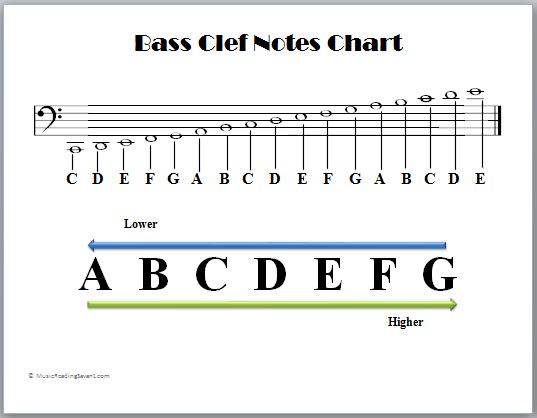
So, for instance, if you change the clef from treble to tenor vocal clef in an existing staff, neither the visual pitch, or the playback octave will change. In Sibelius, the visual clef itself is not actually tied to playback instead, everything related to transposition (including octave displacement) is part of the instrument definition. It is understood that these instruments actually sound an octave or two from where written the small 8 (or 15) above or below the clef is essentially just a reminder which has fallen out of popular use.įinale and Sibelius handle octave clefs a bit differently. In modern scores, octave-displaced instruments such as the glockenspiel, piccolo, guitar, contrabassoon or contrabass are most often written using the normal treble or bass clef without the small 8 or 15 above or below the clef. While you still occasionally see various octave clefs in scores, the tenor vocal clef is the only one of these octave clefs still in widespread use. It’s worth noting that this is an older convention. Sometimes, this octave displacement reminder is shown parenthesized.

Two octaves up or down is indicated with a small number 15 above or below the clef. For instance, a clef with a small 8 positioned below it indicates that the part will sound 8vb from where written an 8 positioned above the clef indicates the part will sound 8va.

The location of the small 8 above or below a treble or bass clef indicates the direction of the sounding octave. You may have also seen other octave versions of both the treble and bass clef. Music for tenor is written in the treble clef, but sounds an octave lower than written. This clef is frequently referred to as the tenor vocal clef.

If you’ve read or written music for choir, you’re probably familiar with a variation of the treble clef with a small 8 positioned below it used for tenor voice. Historically, the movable C-clef could appear on any of the five staff lines indicating the position of middle C however, the alto and tenor clefs are the only movable C-clefs in common use today. For tenor clef, the C-clef sites on the fourth line of the staff, indicating middle C (for a total of four standard pitched clefs in common use). For alto clef, the C-clef sits on the third line of the staff, indicating the location of middle C. The alto clef and the tenor clef are actually the same clef design, set at different locations on the staff to represent the location for middle C this clef is referred to as the C-clef or the movable C-clef. The other lines and spaces are read in relation to this reference line. The clefs assign a specific reference note to the line on which they are placed. The bass clef is also known as the F-clef, because the note F below middle C passes between the two dots of the bass clef shape (this clef was originally the letter F). The treble clef is also known as the G-clef the curl of the treble clef highlights a reference line for the note G above middle C (the current clef shape has evolved from the letter G). The pitched clefs in common use today are the treble clef, the bass clef and the C-clef. The modern pitched staff is only five lines, so using different clefs assigned to different registers allows us to present each staff in a much more readable way for each specific instrument’s tessitura.
Bass clef note c plus#
In modern music, there are three main clef designs / shapes we use for pitched music, plus some ancillary clefs used for percussion instruments, tablature and so forth.Ĭlefs have proven to be an effective way of dealing with the extreme ranges represented by all of the instruments in use today. “Clef” is the French word for “key”. Clefs first started appearing in music scores in the late 1500’s as letters placed precisely on a specific staff line to identify letter-named pitches, which provided a “key” to their identity.

A clef is a musical symbol placed at the beginning of a staff to indicate the pitch of the notes on the staff.


 0 kommentar(er)
0 kommentar(er)
